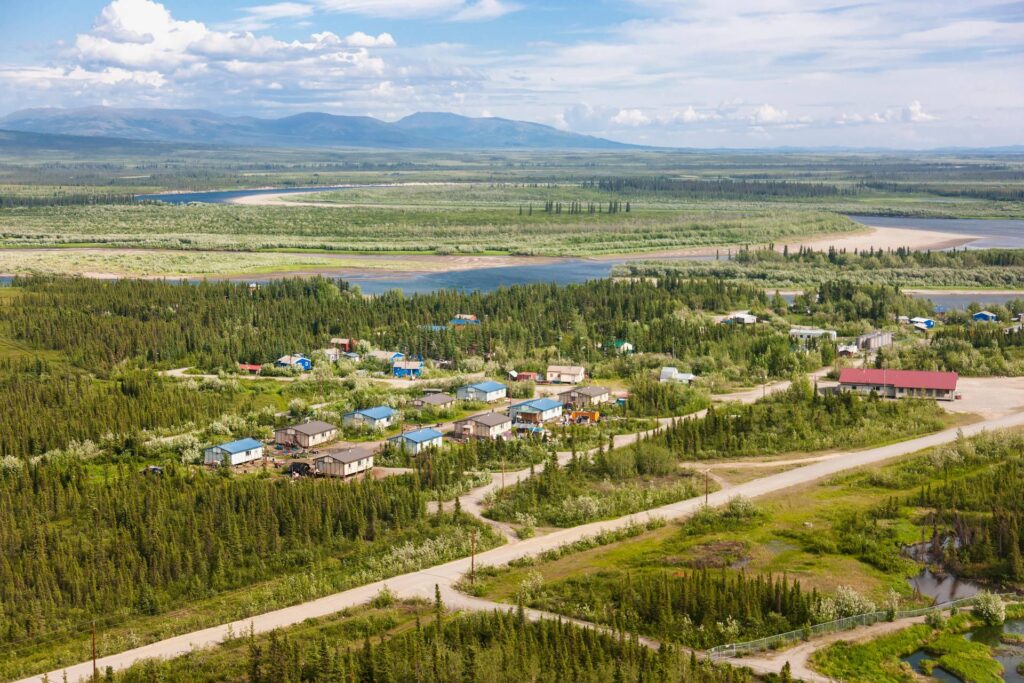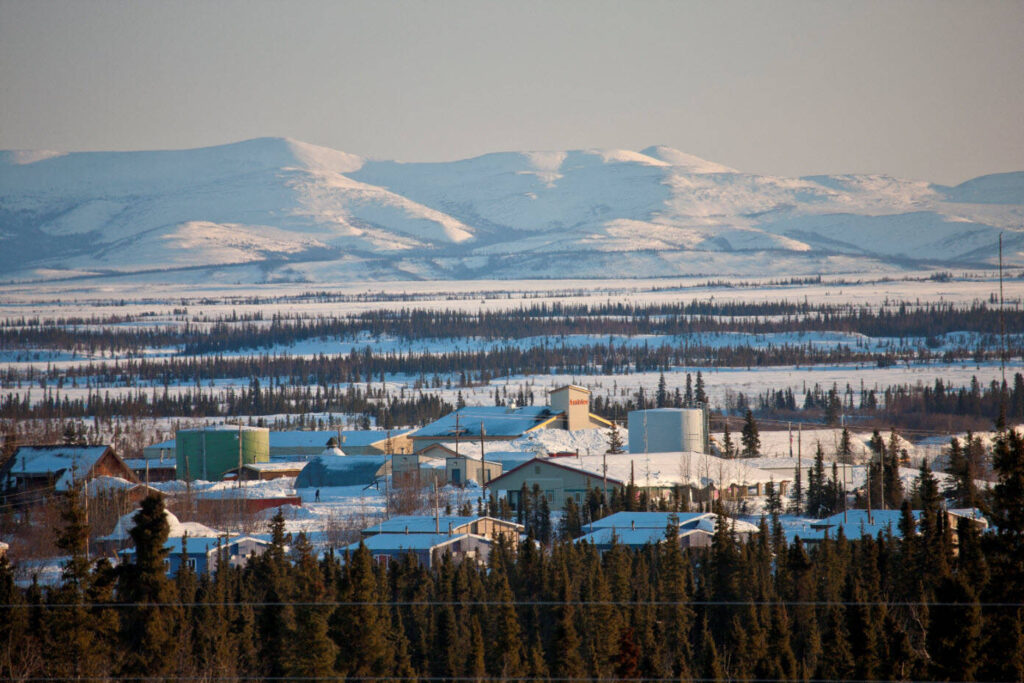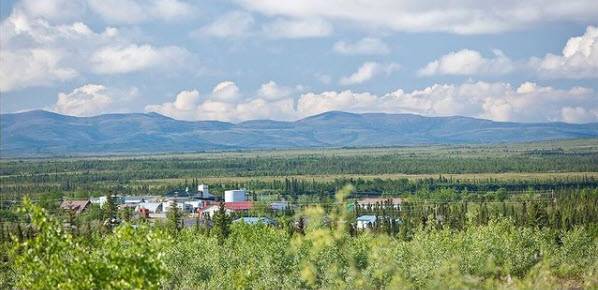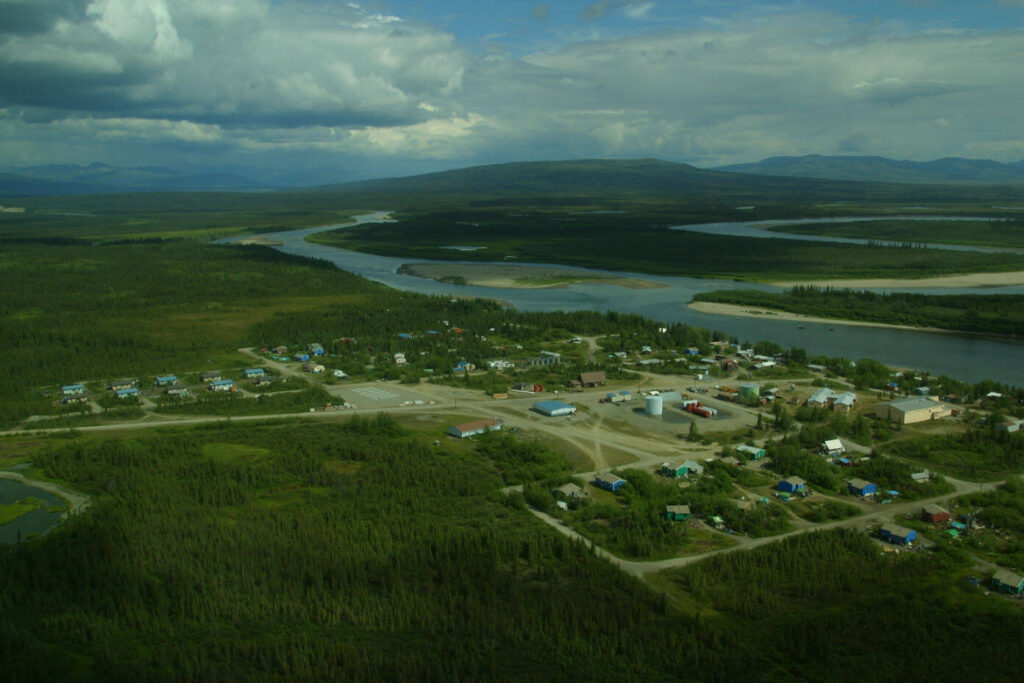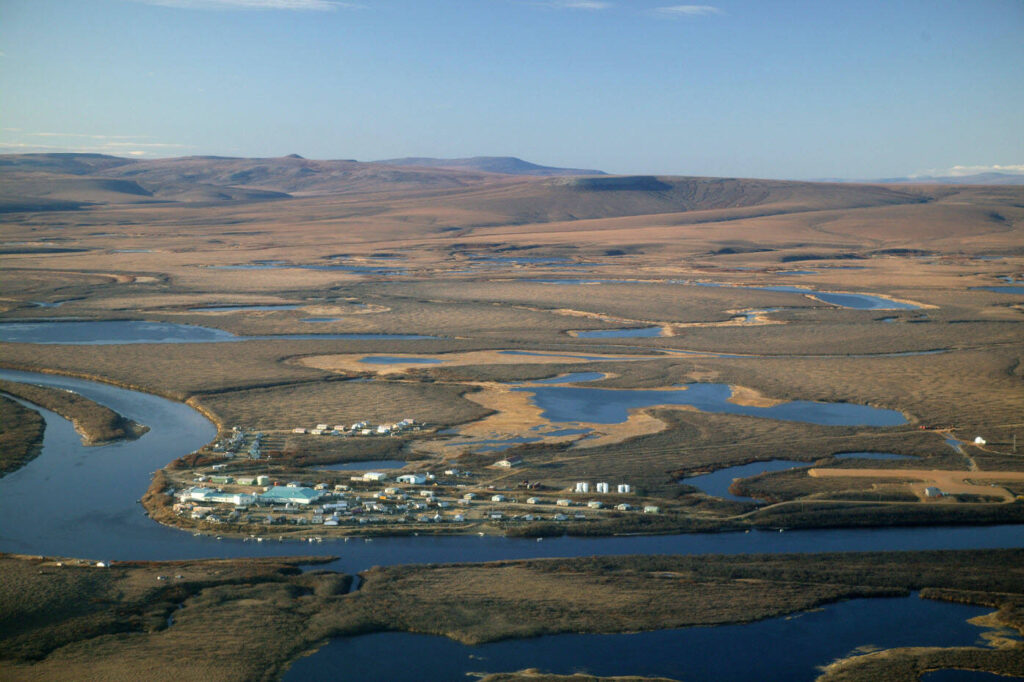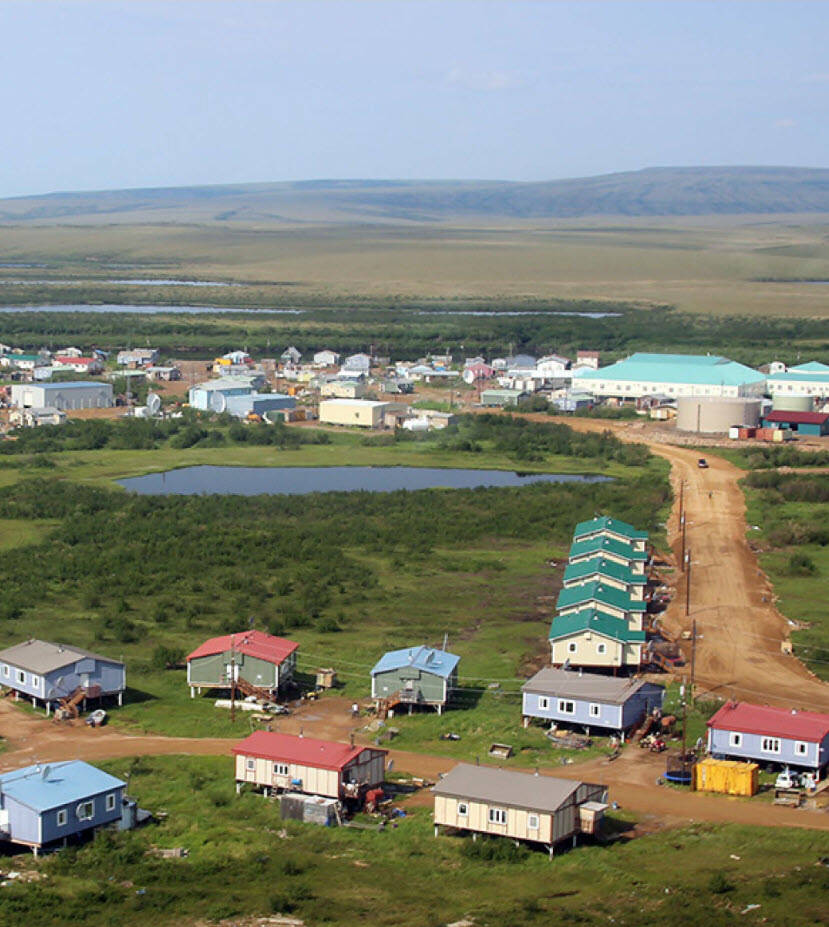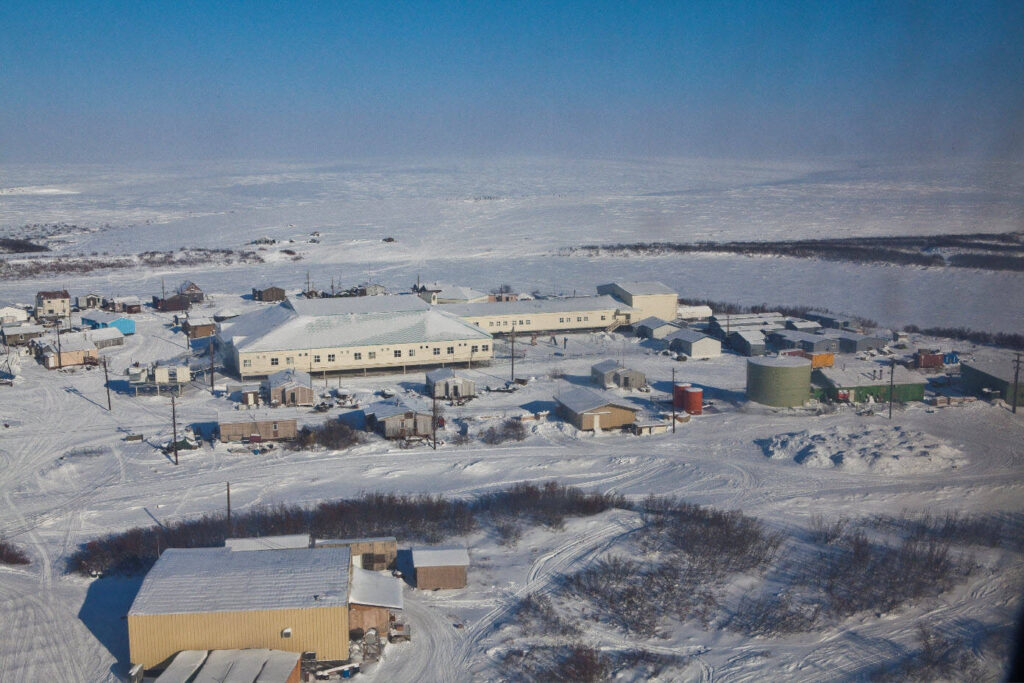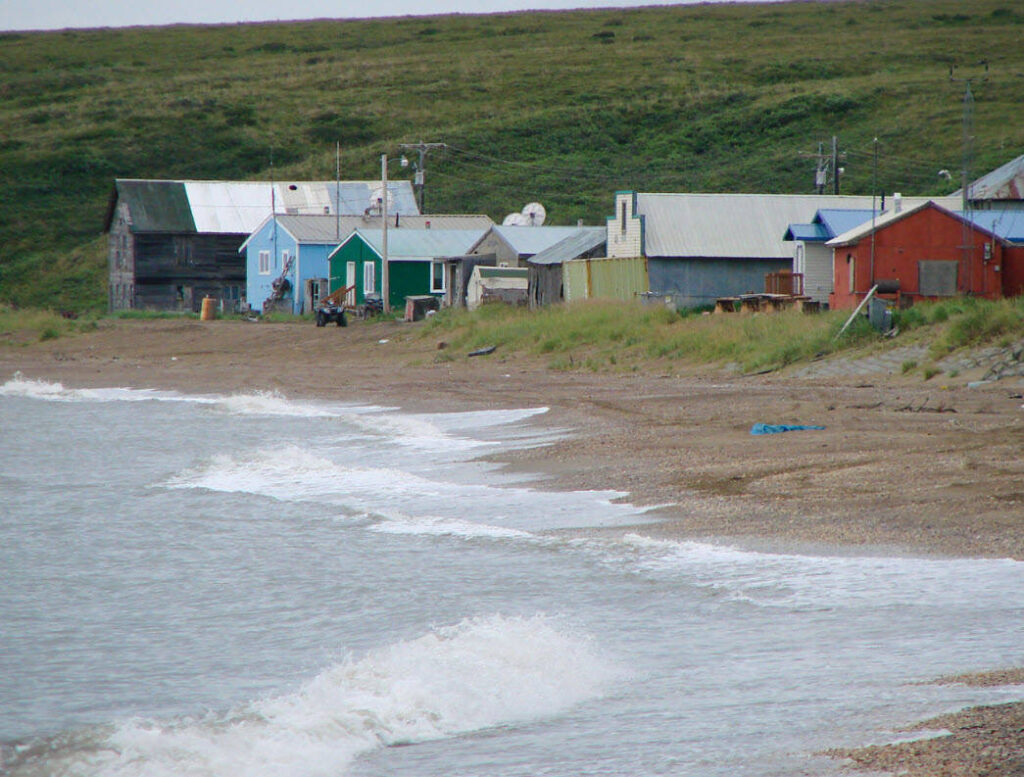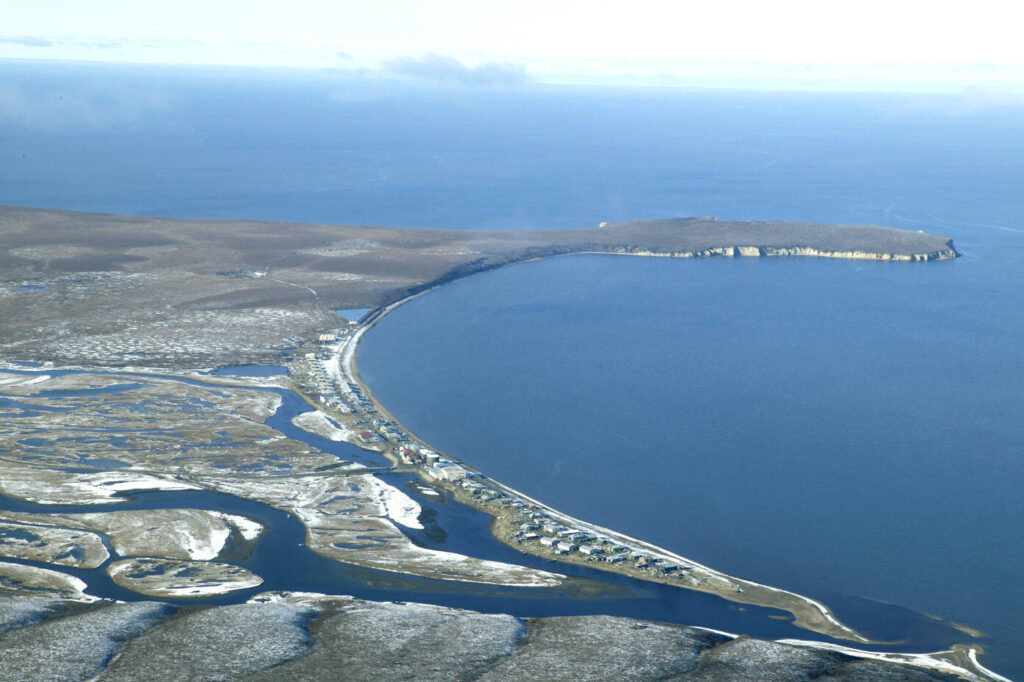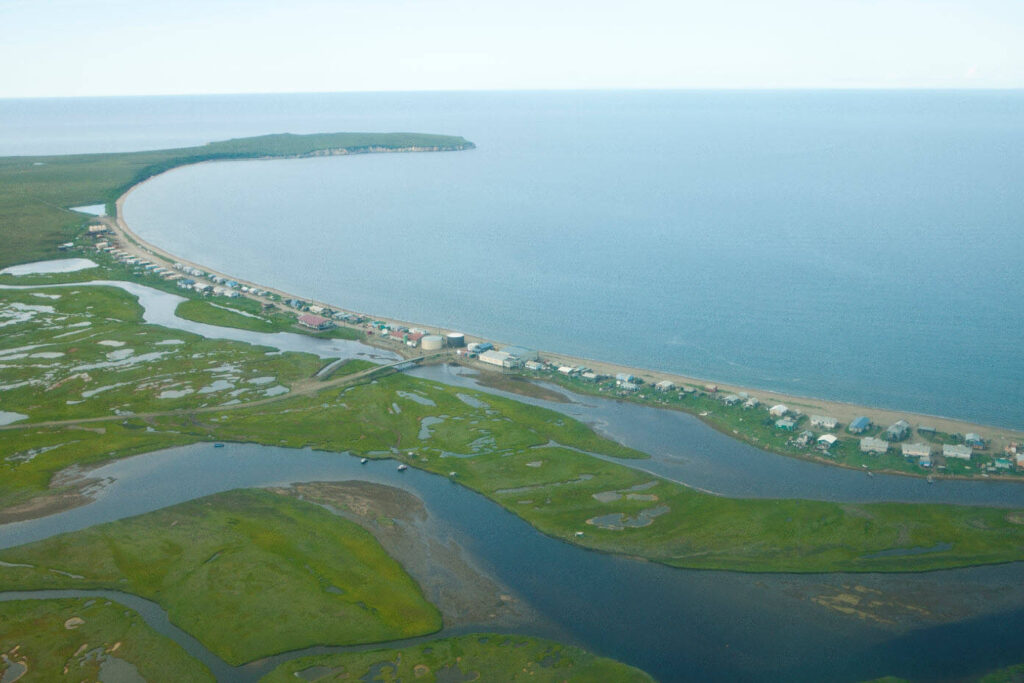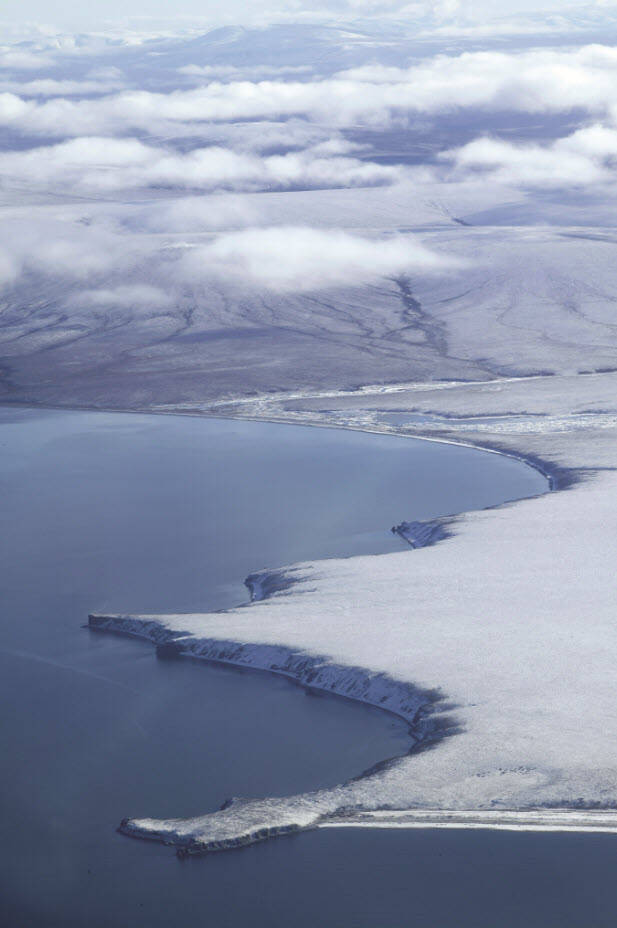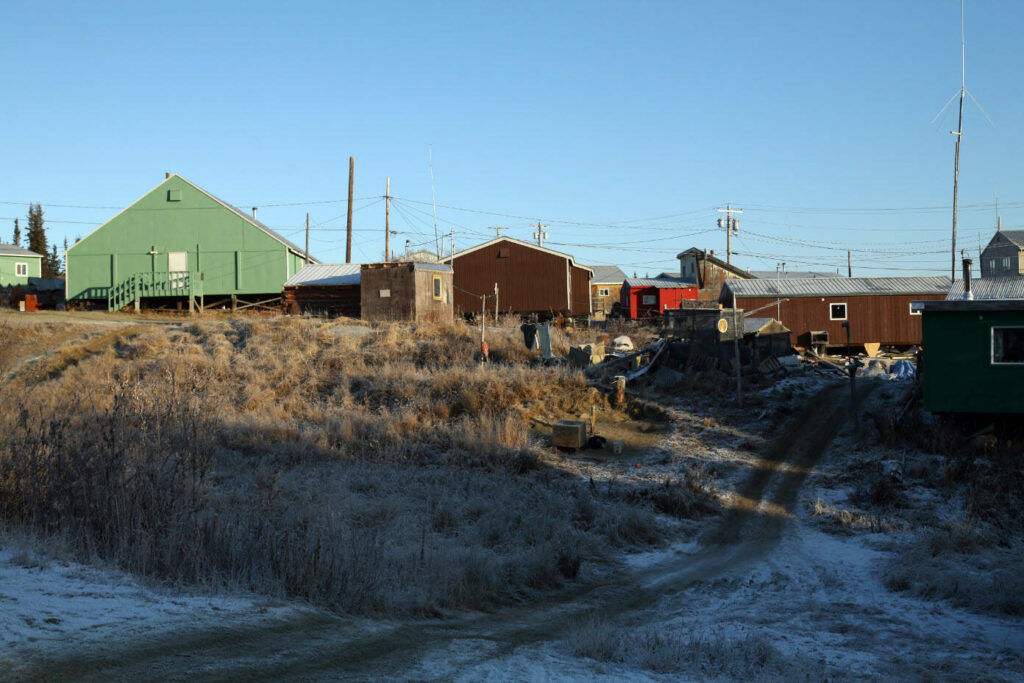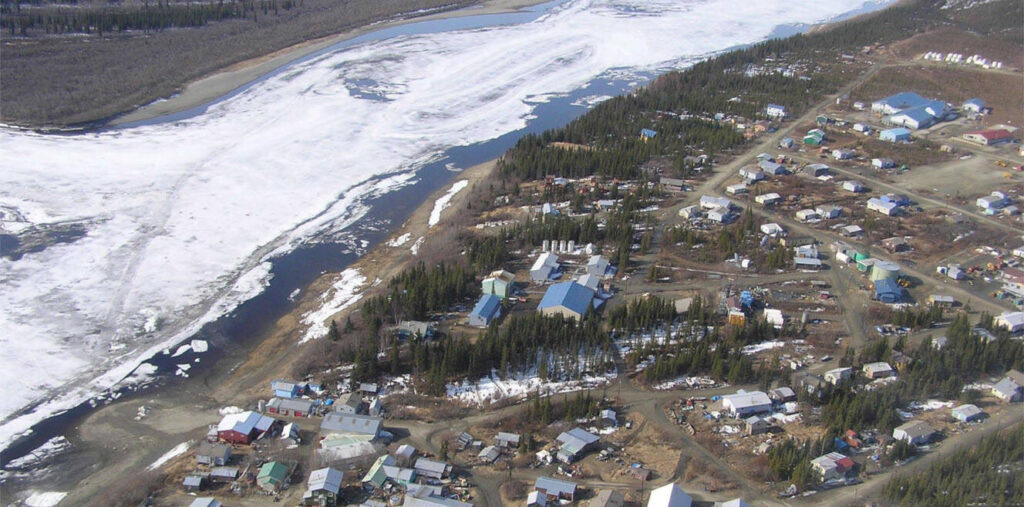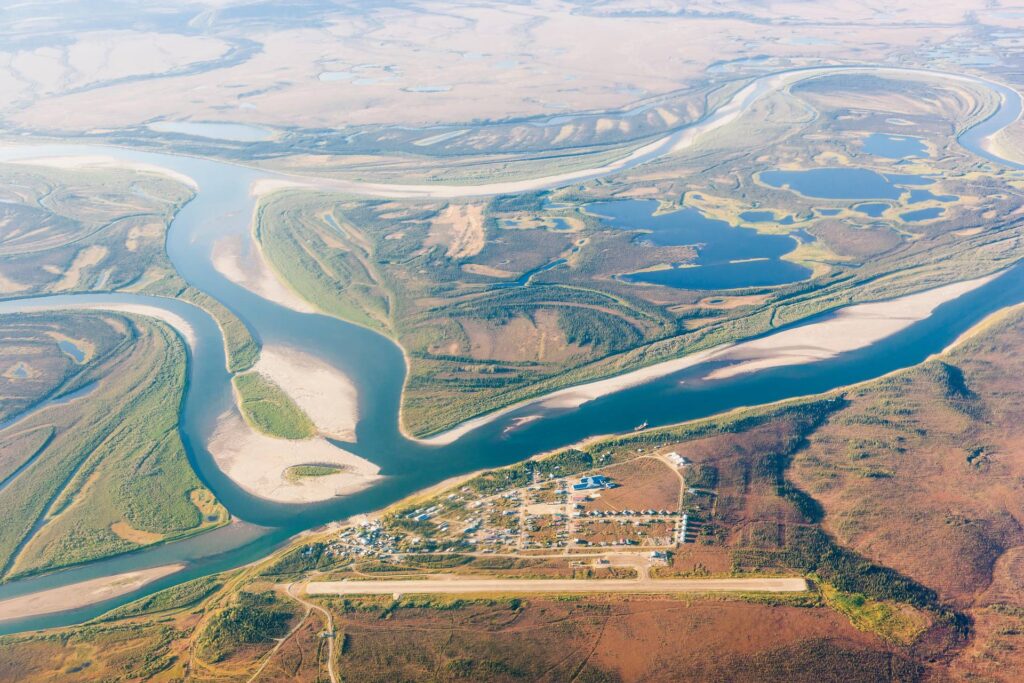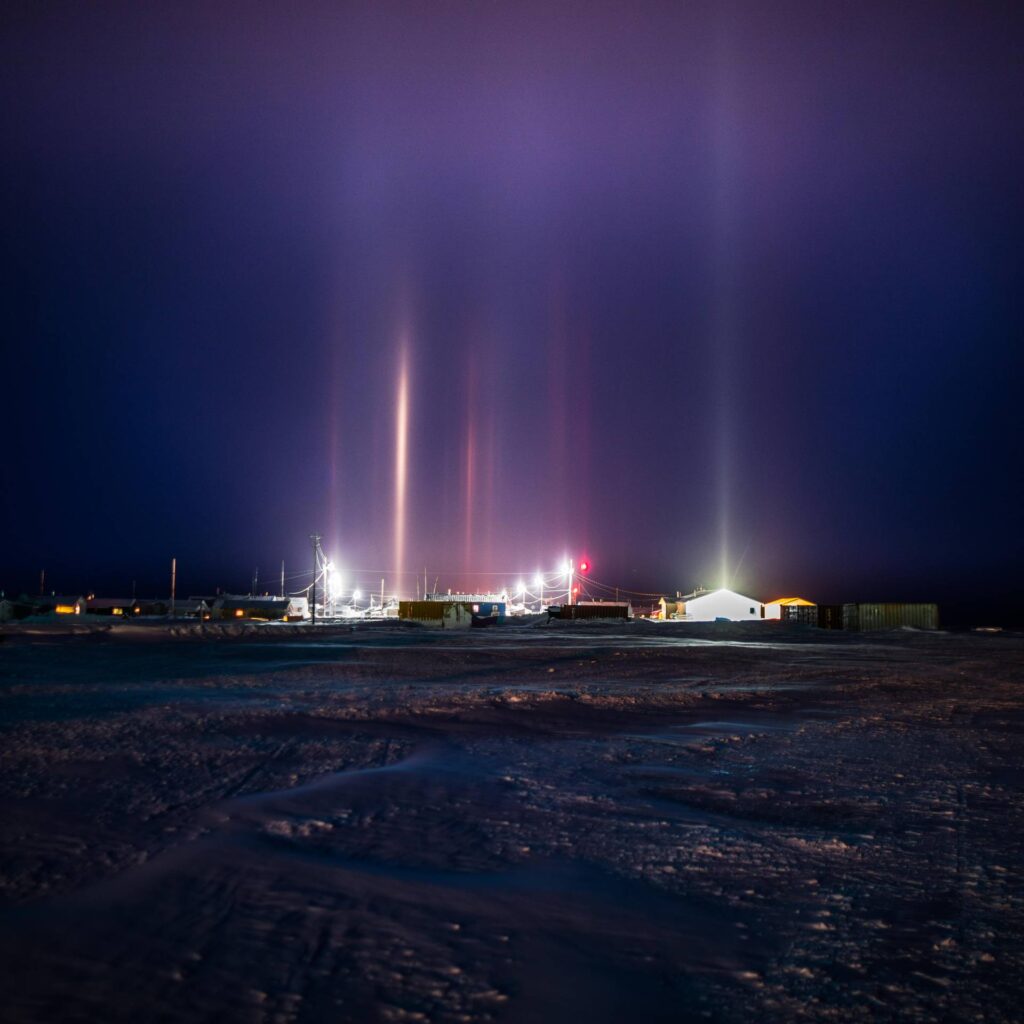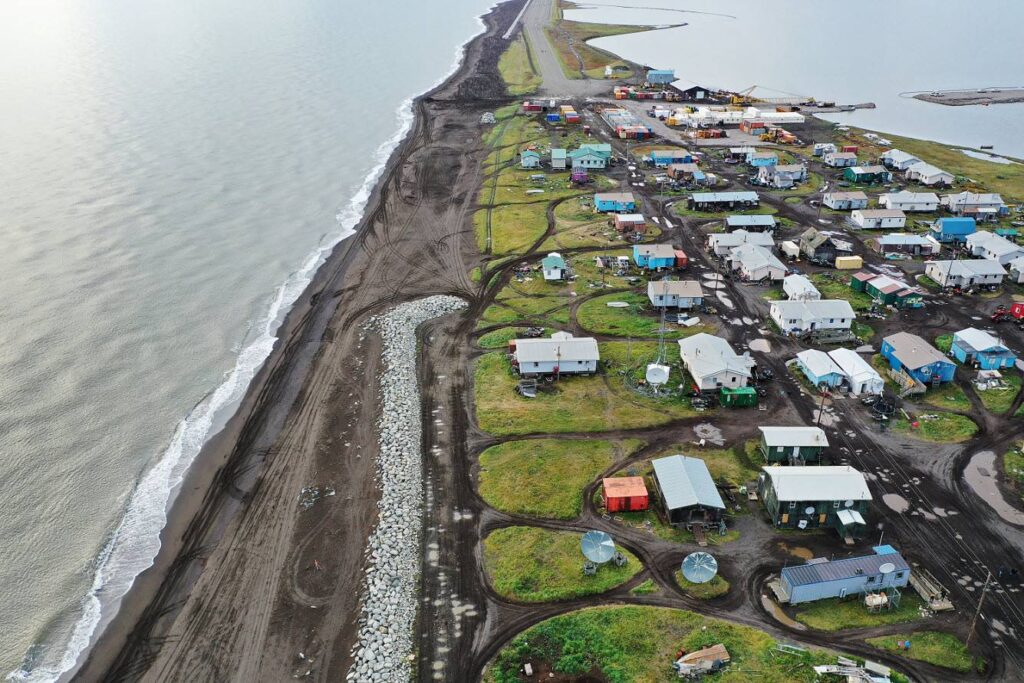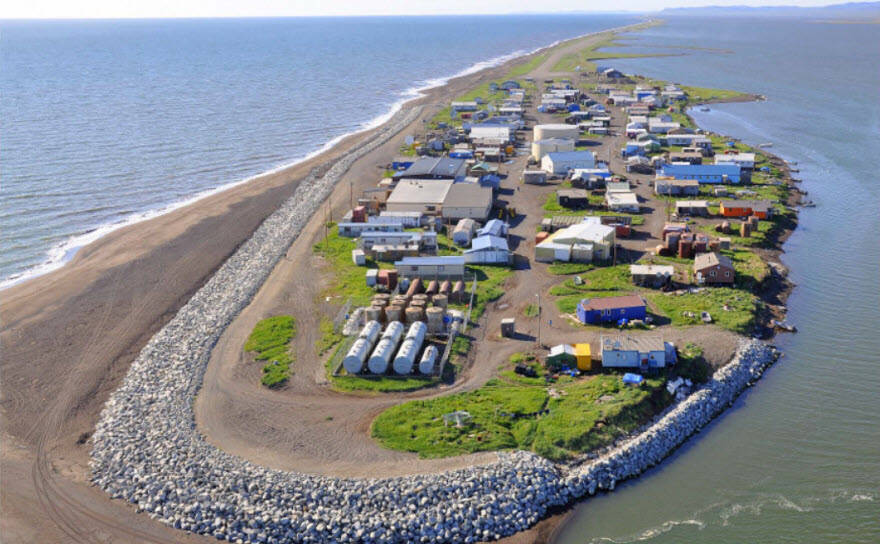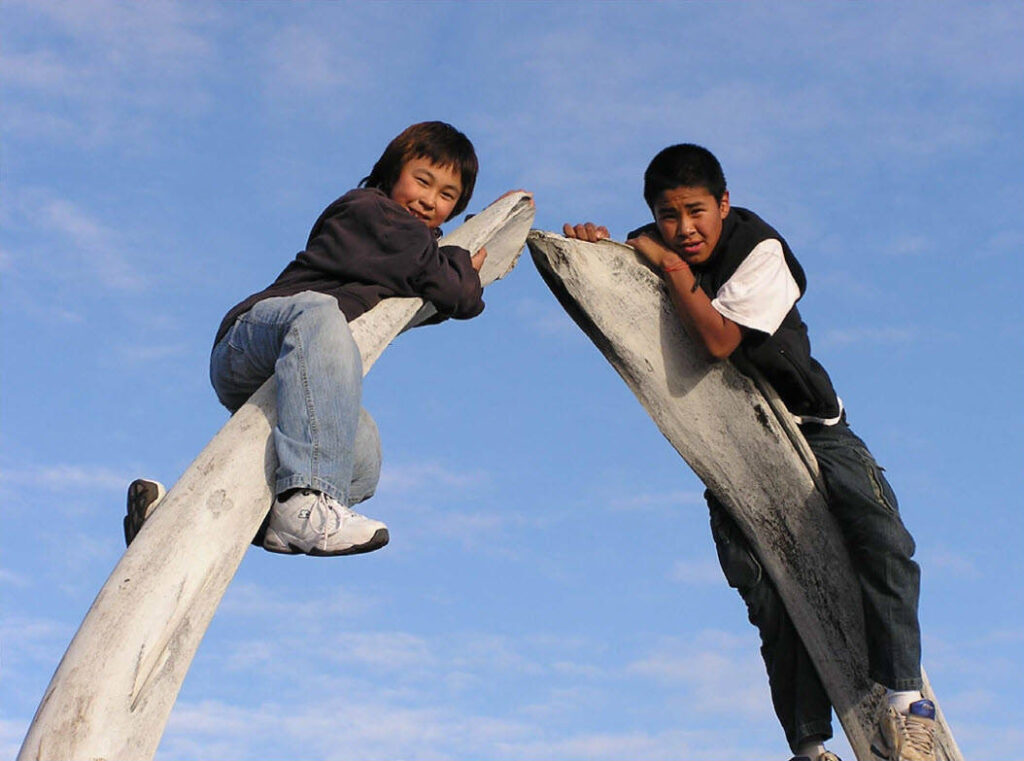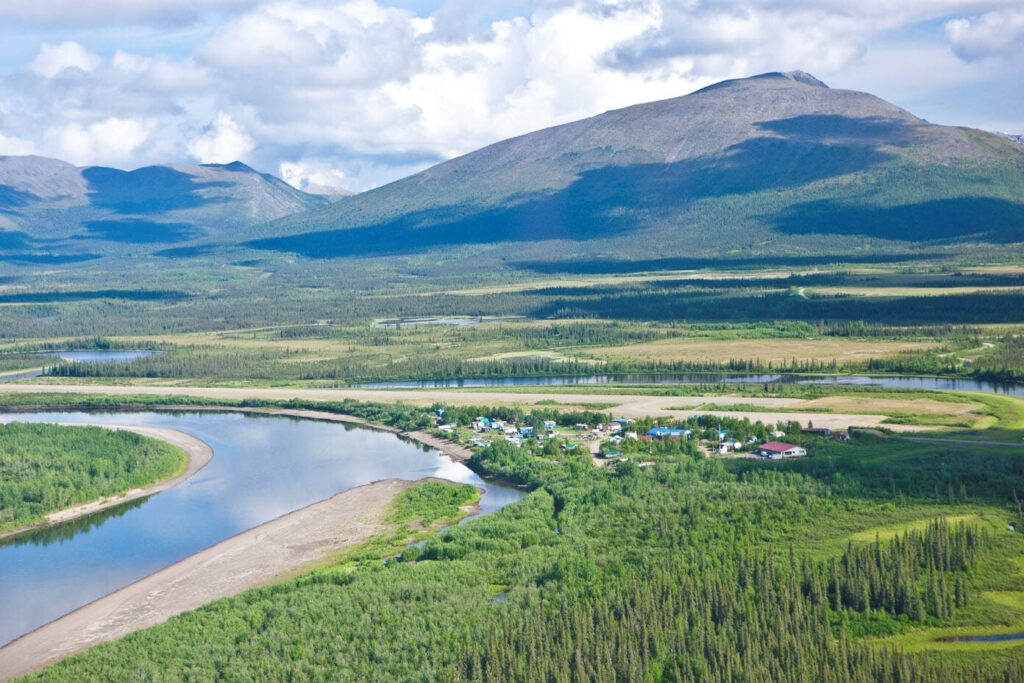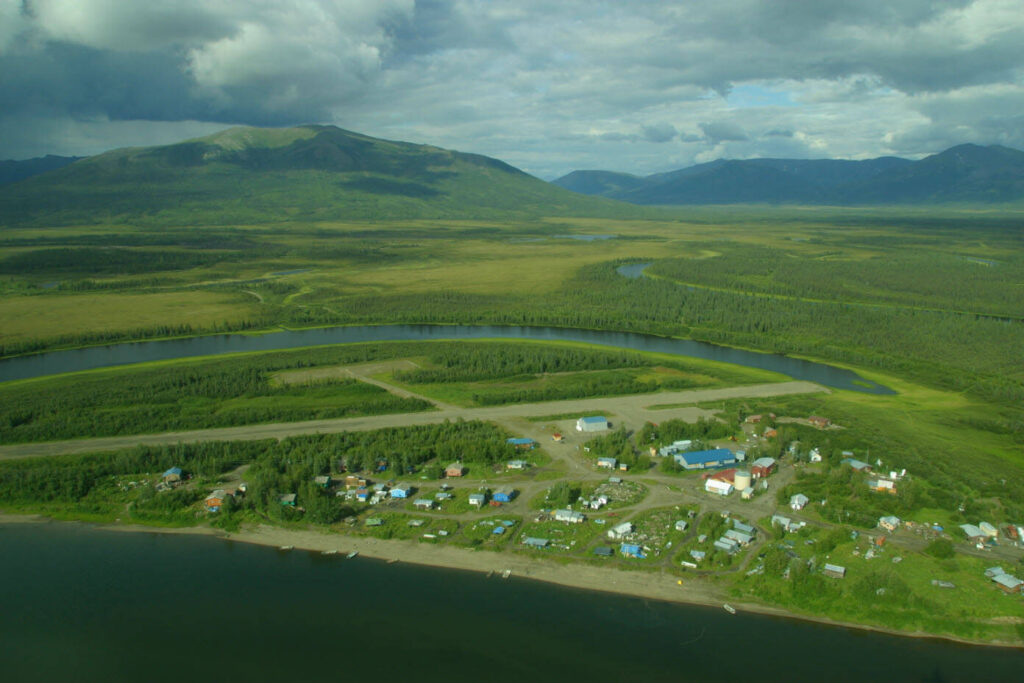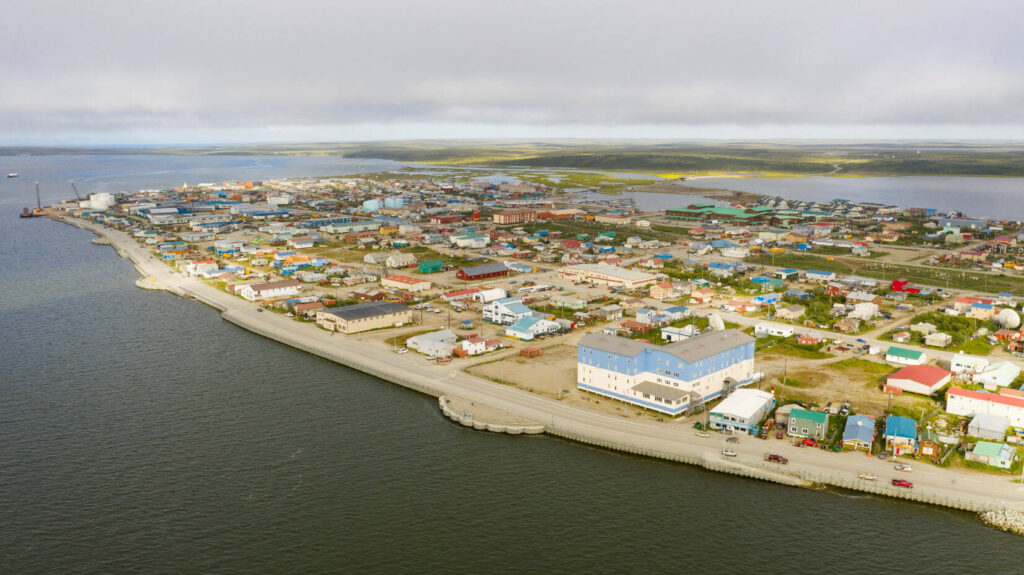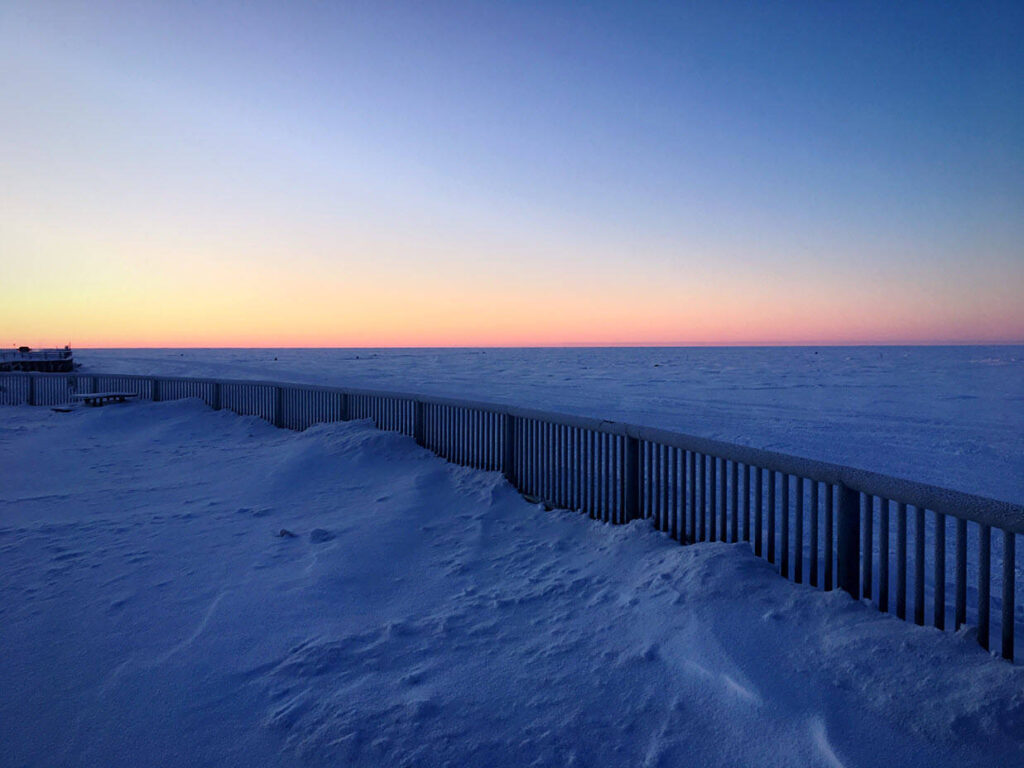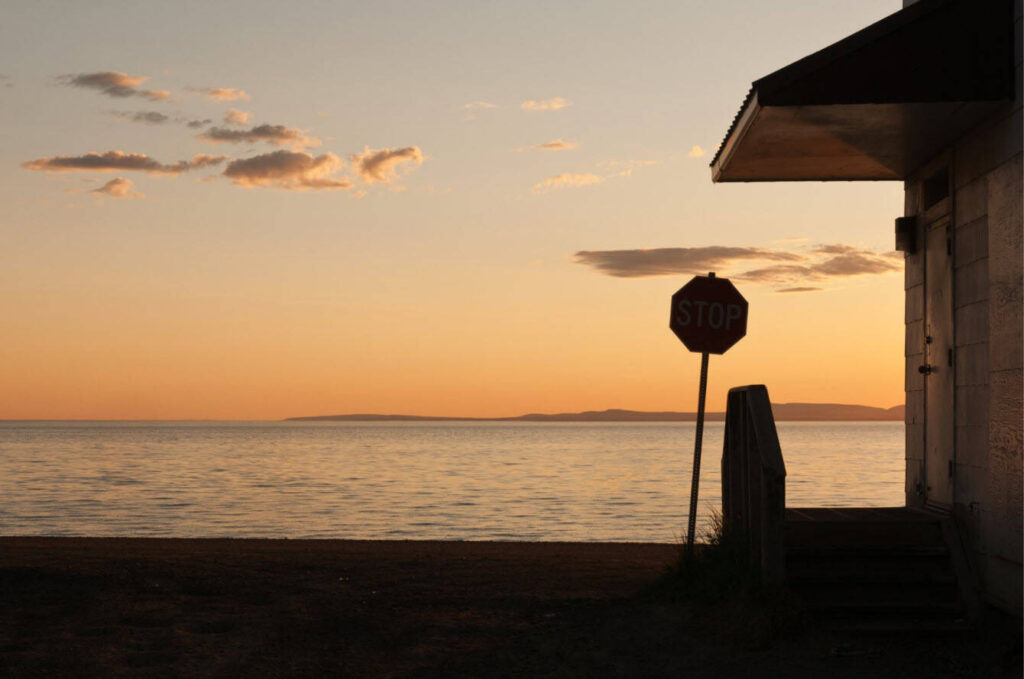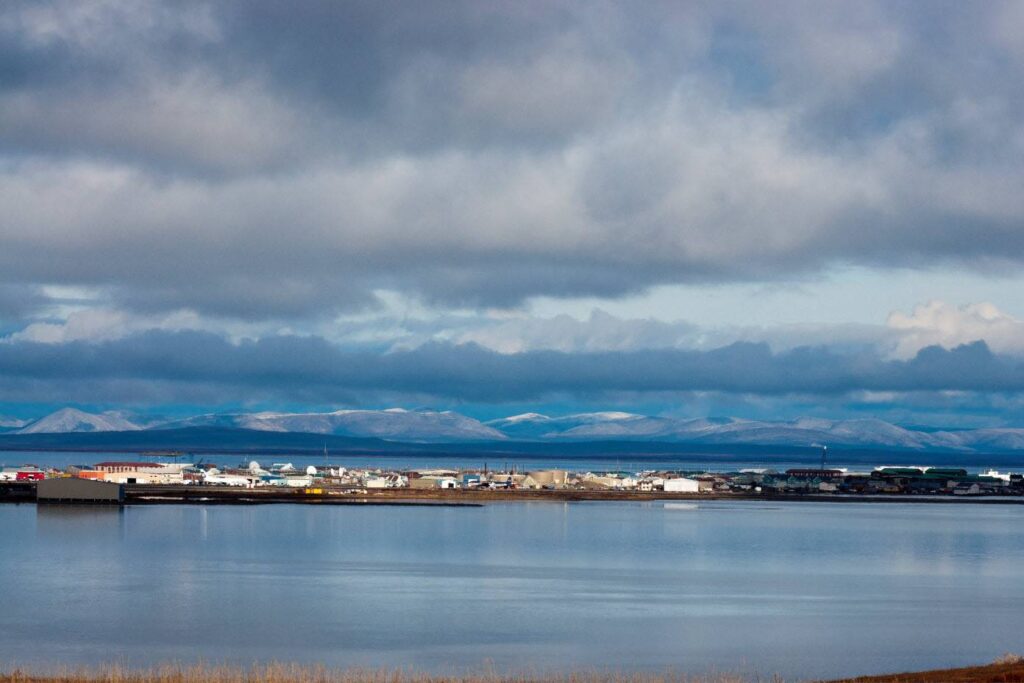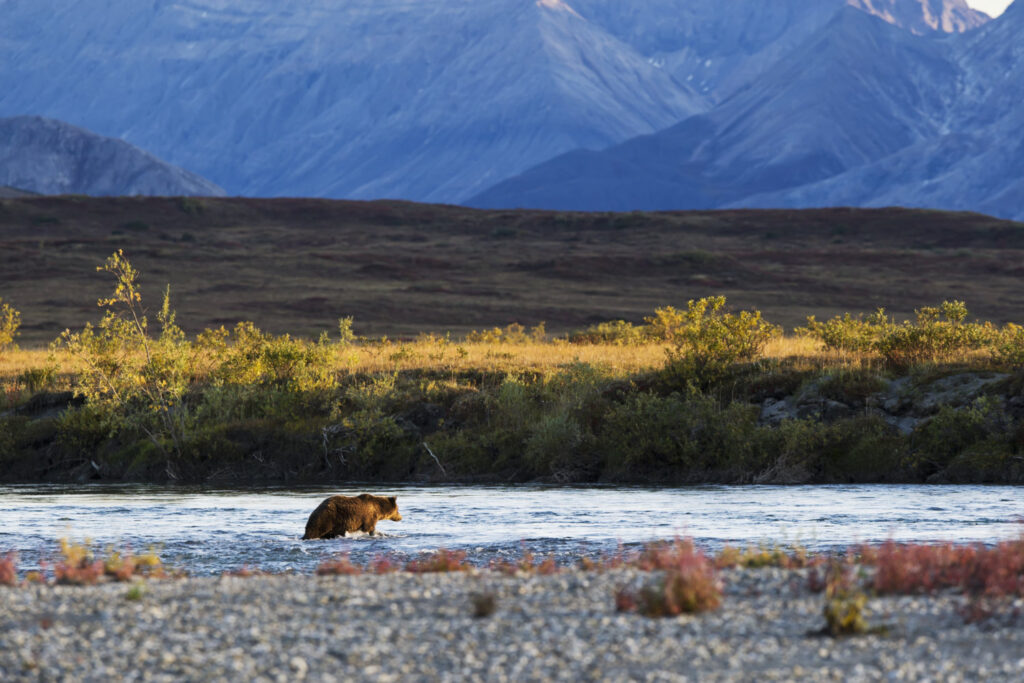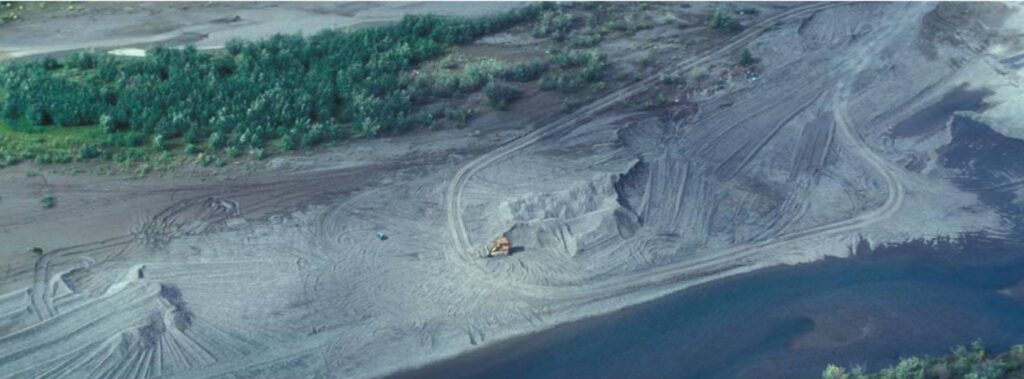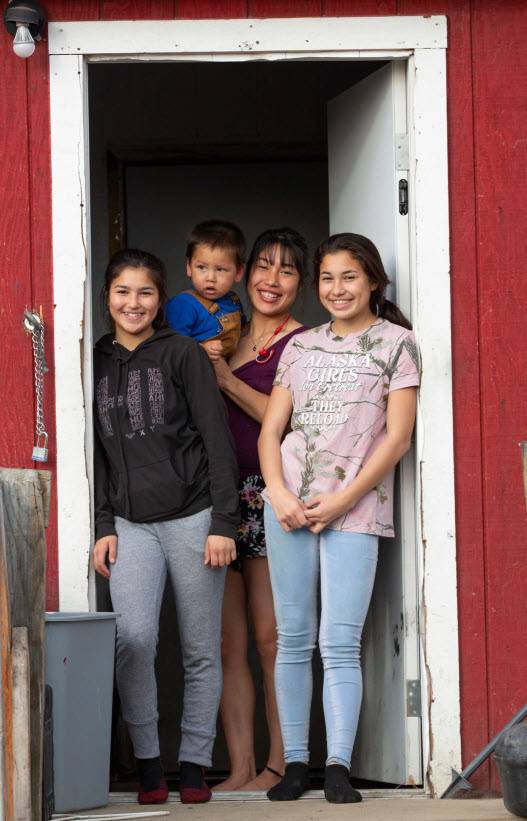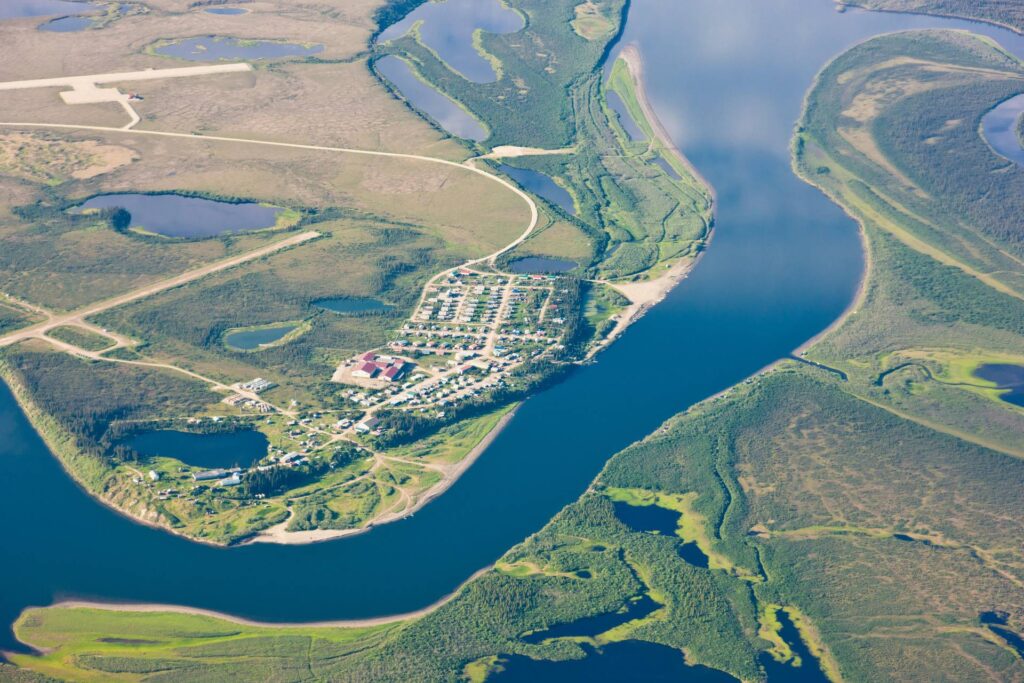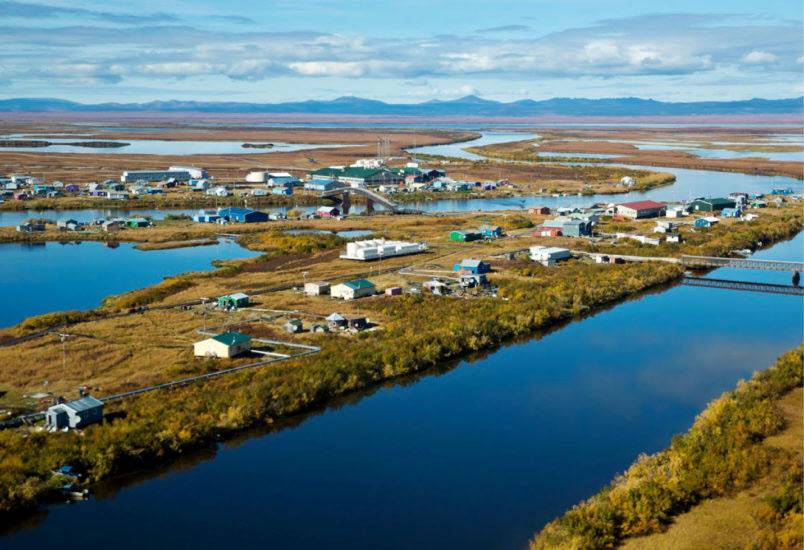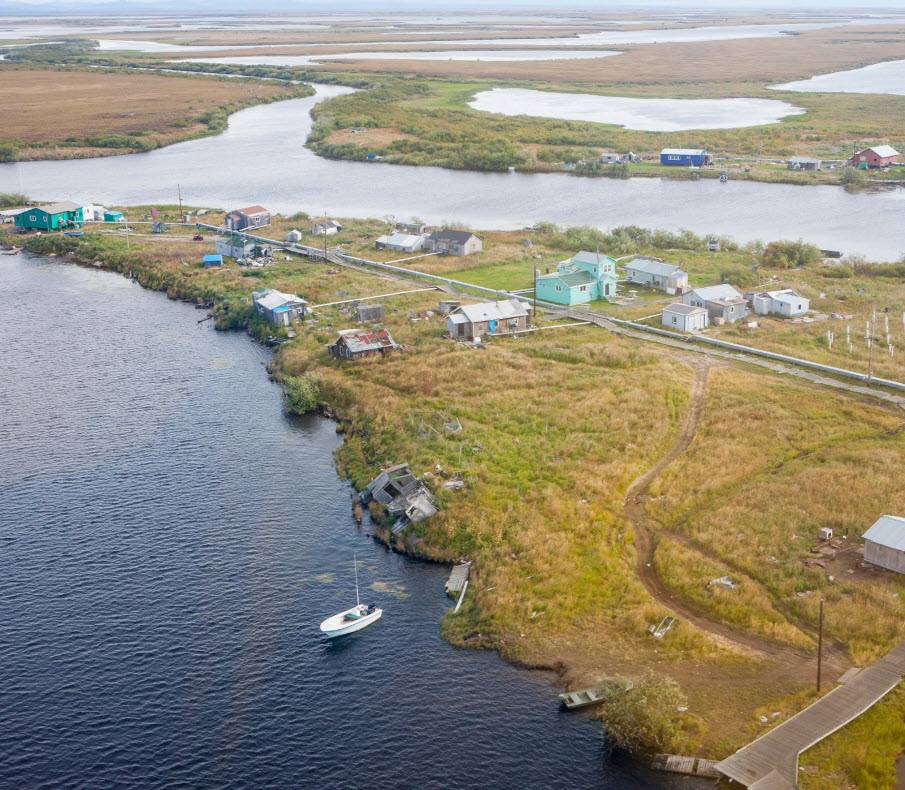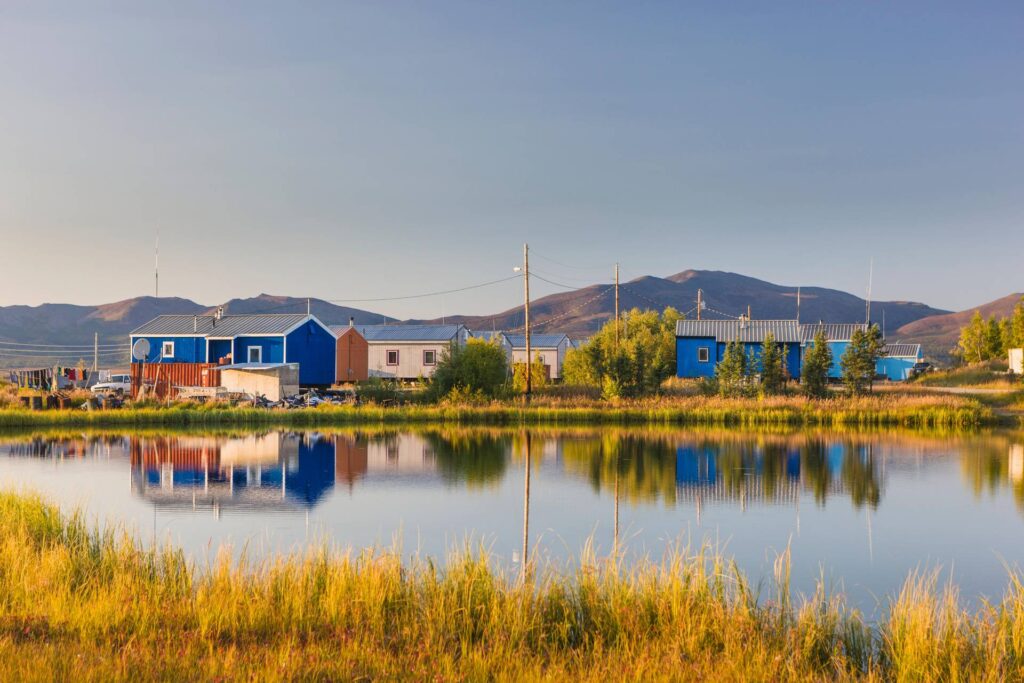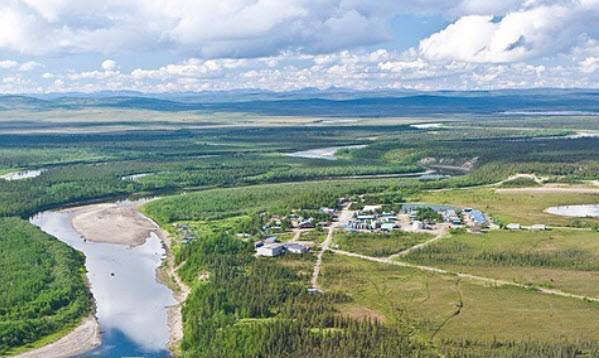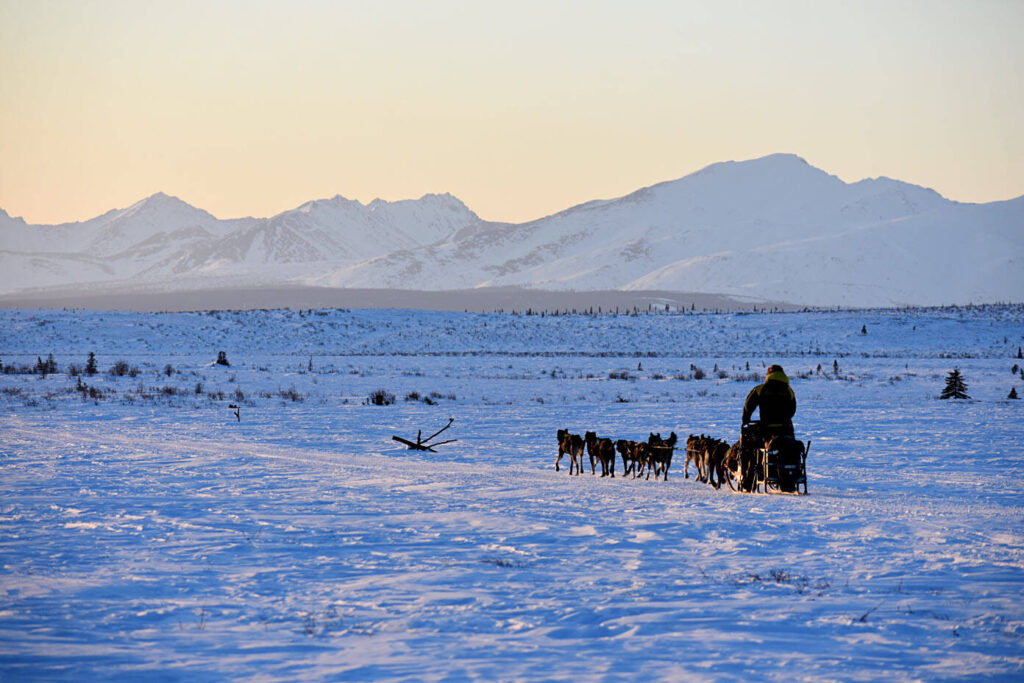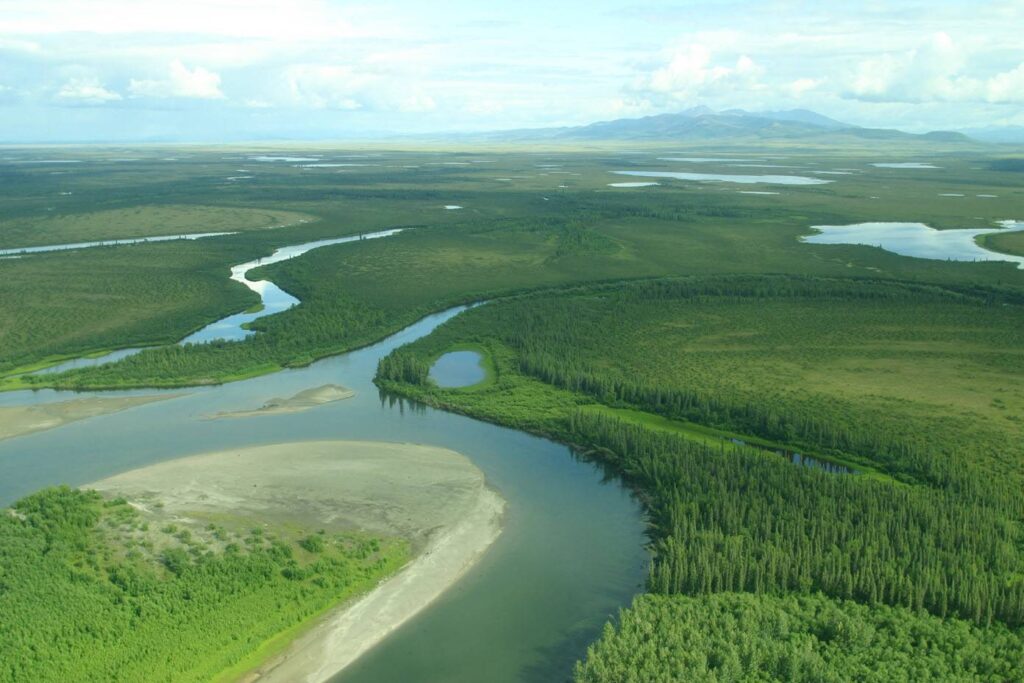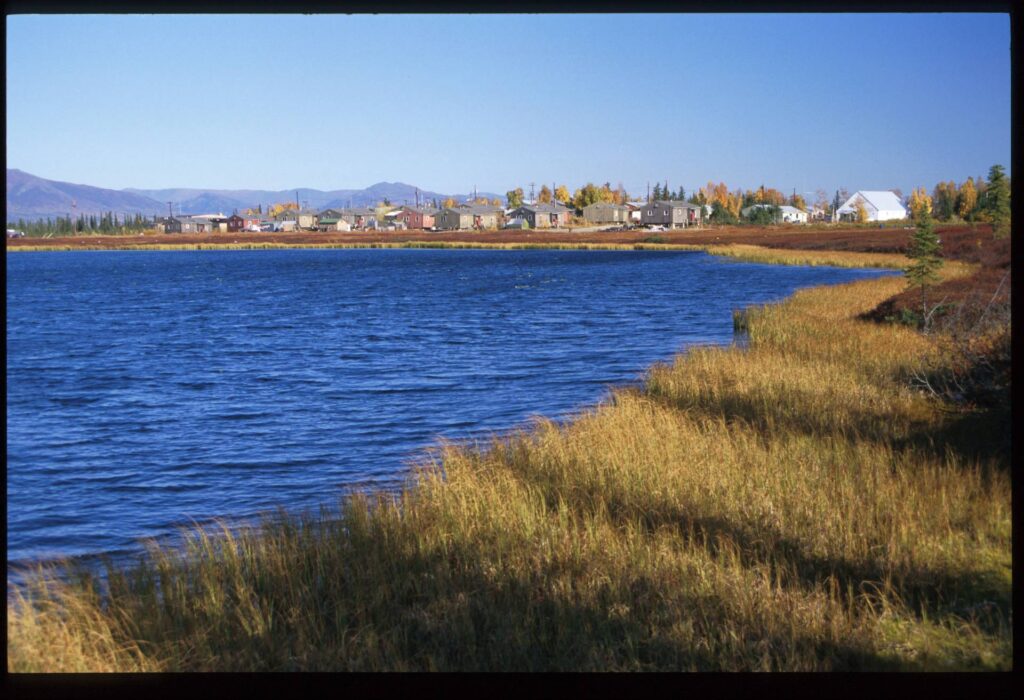Learn
Explore the NANA Region
Nestled in Northwest Alaska and largely above the Arctic Circle, the NANA Region spans 38,000 square miles and encompasses 11 distinct village communities.
NANA Regional Corporation, formed under the Alaska Native Claims Settlement Act (ANCSA) of 1971 and owned by over 15,000 Iñupiat shareholders, epitomizes their heritage and dedication to land stewardship.
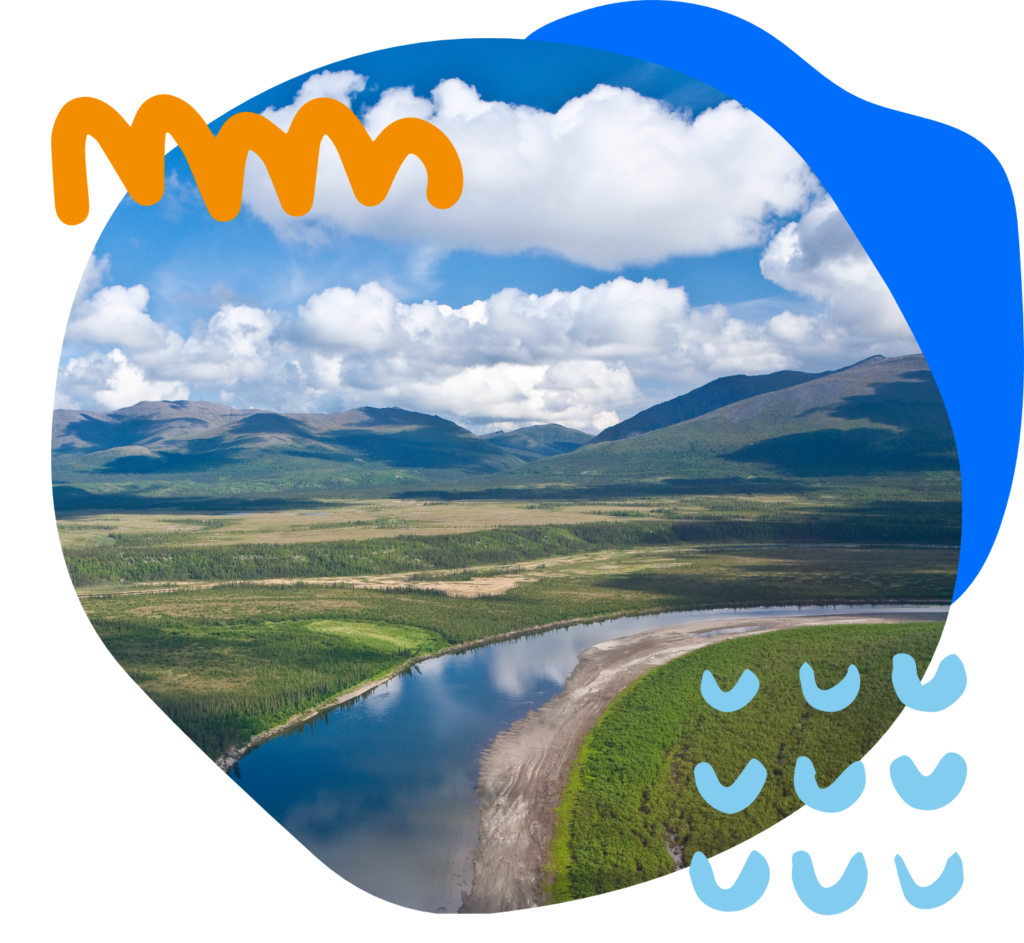
Iñupiat Core Principles
In the vast and rugged expanse of the Arctic, where beauty and harshness weave together, thrives the resilient Iñupiat community. The term “Iñupiaq” translates to “real people,” reflecting not only their identity but also their rich language. At the heart of NANA, an Iñupiat-owned organization dedicated to preserving their traditional way of life, is the symbol of an Iñupiaq hunter striving for a promising future. This imagery encapsulates NANA’s collective spirit of courage, humility, and integrity—values that have sustained the Iñupiat for generations.
Deeply woven into Iñupiat culture are the foundational principles of respect for nature, cooperation, and a profound spirituality. Elders hold places of honor, imparting their wisdom to guide the community. Cooperation and mutual support are vital for survival in the Arctic, and spiritual beliefs add depth to their existence. Humor and joy punctuate daily life, fostering positive interactions and relationships. Emphasizing peace over conflict, the Iñupiat culture is a tapestry of understanding and compassion.
A Unique and Challenging Environment
Life in the NANA Region poses many challenges due to its harsh and remote conditions.
For instance, the Iñupiat are witnessing the erosion of their ancestral language, which is vital to their cultural heritage. Economic and social disparities exacerbate these issues, as many struggle with high living costs, poverty, and limited educational opportunities. Housing and food insecurities further strain the community, alongside the impacts of climate change, which disrupt essential hunting practices.
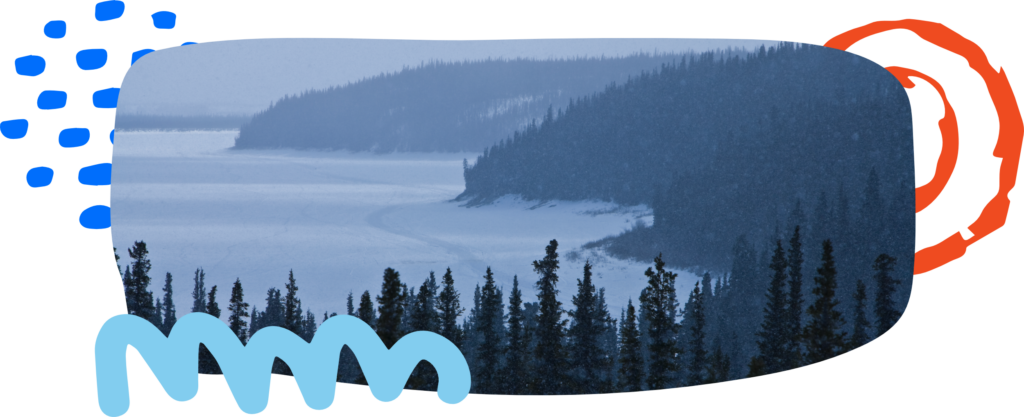
NANA Region Villages
These communities house federally recognized tribes predominantly inhabited by the Iñupiat, notable for their rich cultural heritage and traditional subsistence lifestyles. They hunt local wildlife such as walrus, seals, whales, and caribou, and cherish vibrant traditions like native dance and traditional art made from using every part of the animals they hunt.

